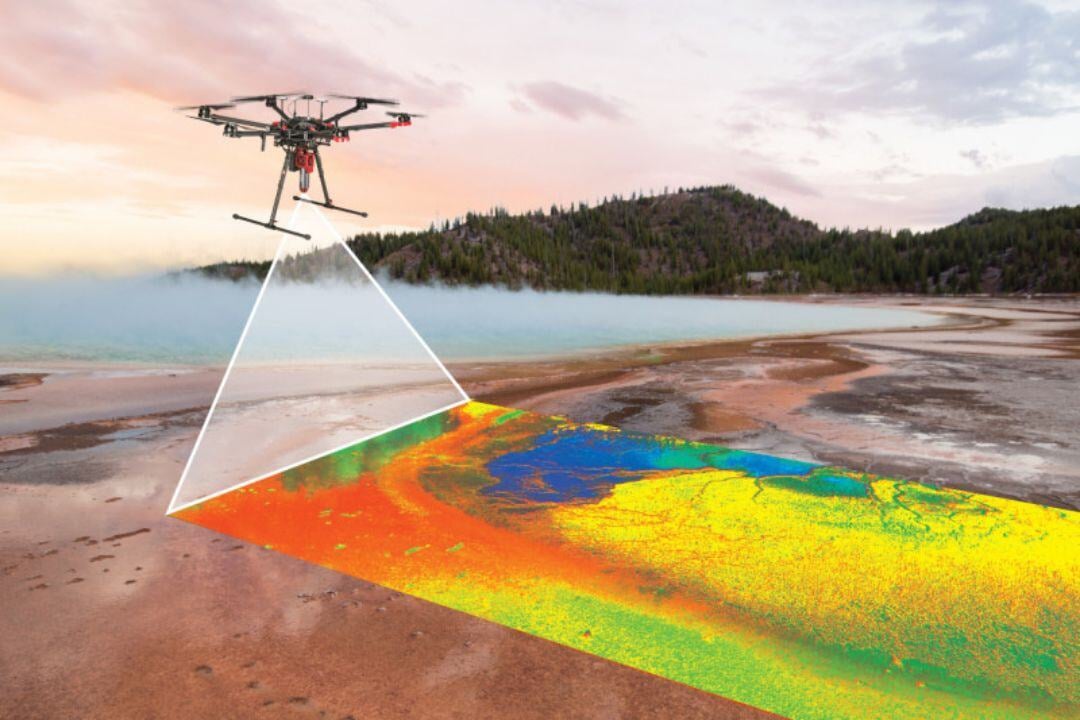Hyperspectral Imaging
Hyperspectral Imaging for Precision Analysis
Hyperspectral imaging has transformed aerial surveying and mapping, allowing aircraft and helicopters equipped with advanced sensors to capture detailed spectral data across a wide range of wavelengths. This technology is essential for mineral exploration, vegetation analysis, and environmental monitoring, providing high-resolution insights into surface composition and ecological conditions.
When integrated with LiDAR and multispectral imaging, hyperspectral data enhances accuracy and terrain analysis, offering a comprehensive view of geological and environmental landscapes. Machine learning further refines data interpretation, improving applications like geological mapping and resource assessments.
Challenges include large data volumes requiring extensive processing, environmental factors affecting image quality, and sensor calibration for precise analysis. Despite these, hyperspectral imaging remains a powerful tool in aviation, delivering critical intelligence for decision-making, resource management, and ecological studies.

More about Technologies

EO/IR Sensors
Electro-Optical/Infrared (EO/IR) sensors are critical tools in aviation for enhancing situational awareness, surveillance, and mission performance.

Datalinks
Datalinks are essential for real-time, secure communication in aviation, ensuring seamless data transfer between aircraft, ground stations, and command centers.

Laser Scanners
Laser scanners, particularly airborne LiDAR (Light Detection and Ranging) systems, are essential tools in modern aviation for delivering high-precision 3D mapping and terrain analysis.

Aerial Drone Platforms
Aerial drone platforms for surveillance and mapping are advanced unmanned systems that offer high-precision data collection and real-time situational awareness.



